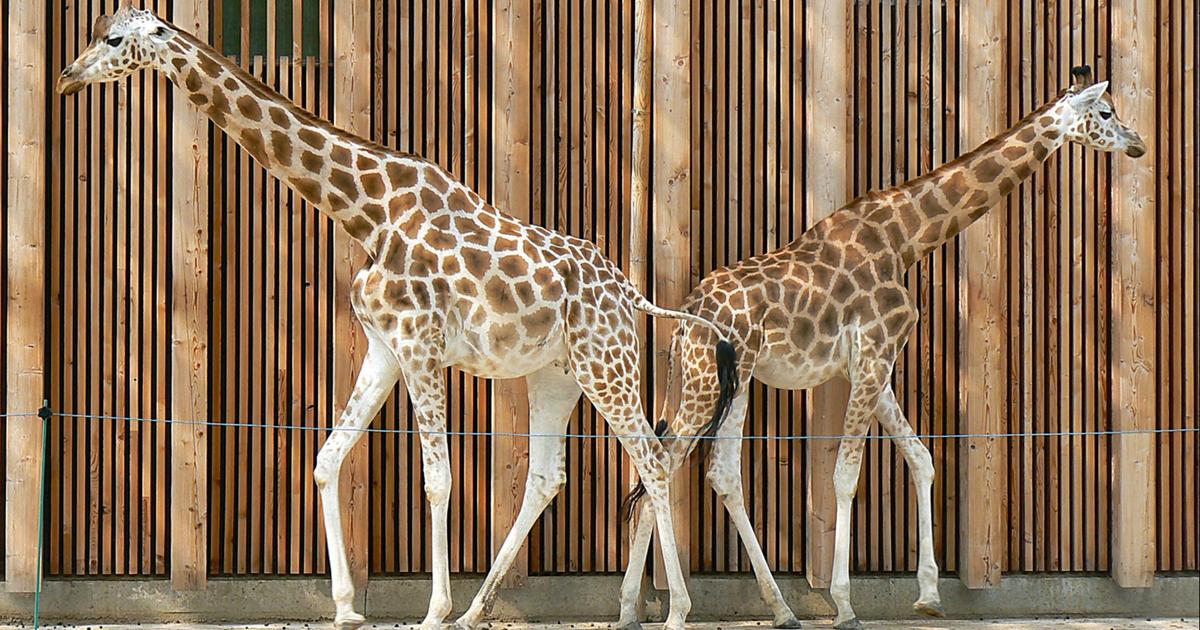Enlarge image
Photo safari for a good cause
Photo: Klaus Vedfelt/Getty Images
If you post photos of zebras or whales on social networks, you can unwittingly do your bit for animal welfare.
Researchers agree that biodiversity on Earth is currently declining at an unprecedented rate.
Little is known about exactly how quickly, which species are threatened and where most can be done to protect them.
And this is where Instagram photos come in.
"These images contain a wealth of data that we can mine and analyze to help protect animals and fight extinction," said Tanya Berger-Wolf, director of the Translational Data Analytics Institute at Ohio State University in the US.
Berger-Wolf presented the "Wildbook" project at the annual conference of the American Association for the Advancement of Science on Sunday, and the university reported on it on the phys.org portal.
With the help of artificial intelligence, the team analyzes millions of images of threatened or endangered animal species that come together from free sources on the Internet - including images from researchers, from camera traps, drones or even tourists.
Already identified 60,000 whales and dolphins
According to Berger-Wolf, the development of most of the more than 142,000 species on the Red List is unknown.
"If we want to save African elephants from extinction, we need to know how many there are in the world, where they are and how quickly their numbers are shrinking." But there simply aren't enough GPS transmitters and other tracking devices , to trace the path of the animals.
"Wildbook" can quickly fill the data gap because the algorithm not only recognizes the animal species, but also the individual animals.
"Everything that is striped, dotted, wrinkled or notched" results in an individual pattern that can be used by the software, "even the fluke of a whale or the dorsal fin of a dolphin".
More than two million photos have already been collected to track 60,000 whales and dolphins across the world's oceans - including snapshots from vacations in the Caribbean.
Thanks to »Wildbook«, anyone researching orcas is no longer poor in data.
There are already other wild books for zebras, turtles, giraffes, African big cats and other species.
The computers could be trained to recognize things that the human eye misses - such as whether the striped pattern of a zebra mother is also transferred to her foal, or how bat skulls adapt to the environment.
Berger-Wolf sees a new field of research called »Imageomics« being founded and is now to head an institute of the same name, the establishment of which will be funded from the US Treasury.
As is often the case with artificial intelligence, one of the challenges is to formulate the machine language in such a way that it is equally understandable for people from different cultural backgrounds.
And a special challenge, in this case: to prevent poachers from using the data.
a.k








